Bimbo’s
243 Cedar Ave.
Minneapolis
Bimbo’s was located on the West Bank. Tracing the history of a building where several addresses are involved is difficult, but I’ll give it a try.
SOUTH SIDE HOTEL
According to the permit card, three frame buildings were built in this location starting in 1901, but were demolished in March 1910. One of those demolished dwellings appears to be the South Side Hotel and an attached cafe, which continued in the building that replaced the three until about 1915.
FURNITURE FIRST
This venerable old brick building was built in 1910 as a store and rooming house. 239-245 Cedar was the home of the Bolmgren Bros. Furniture Company. In October 1934, a tube of teargas in the vault foiled a burglary attempt, but the persistent yeggs, as they were called, came back with gas masks and finished the deed. The next month the company put their upscale inventory up for final sale, remodeled, and in March 1935 reopened as a “Wage Earners” Furniture Bargain Mart.” In 1938 the store was renamed Nordtvedt Bolmgren for its two partners. The last ad was in June 1951, and the building was listed for rent the next month.
After being advertised for sale for a long time, the building was used by Underwriters Salvage Company for auctions from 1955 to 1964.
239 CEDAR FIRE
Although the building was referred to as 239-245 or 239-243 Cedar, there were apparently separate buildings involved. On March 18, 1959, fire broke through the ceiling of the two-story building at 239-41 Cedar. This building housed the Club House Bar on the ground floor and 17 single room occupancy apartments above. Four died and eleven people suffered from smoke inhalation – they were mostly elderly. That building was demolished. Next to it was a vacant lot where another hotel had burned eight years earlier, killing four people.
BIMBO’S NOW OPEN
Bimbo’s Pizza Emporium and Ole Time Saloon opened in December 1966 as a beer and pizza place with a gaslight-era decor, according to Will Jones. Doc Evans opened the place with his banjo, and the management was clearly looking for and older crowd by offering sing-a-longs.

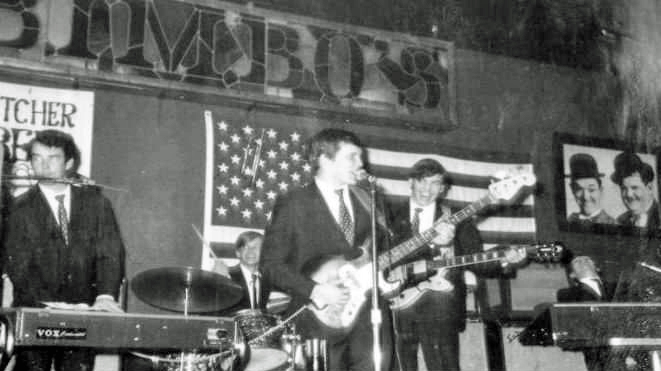
Subsequent ads continued the sing-a-long trend, “In the Big Band Tradition,” and the banjo stylings of Marv Ludwig.

ROCK PREVAILS
Well, Marv wasn’t bringing in the kids in 1967, and the music quickly turned to rock., making the switch that February.
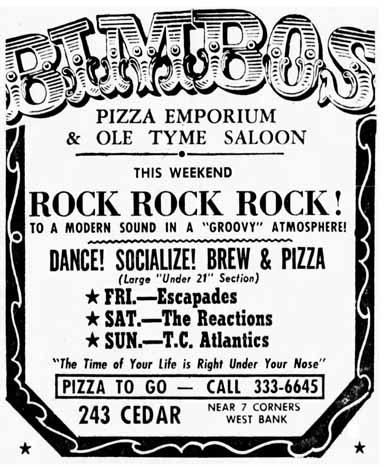
Old time movies were shown on Monday nights. A special section was available (no beer) for teens to dance.
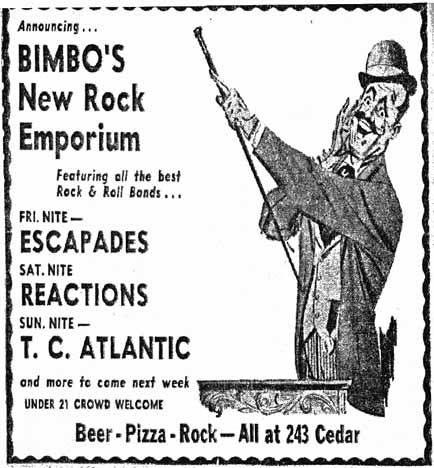
Apparently the name had changed, too. The ad below calls it Bimbo’s Rock Emporium.
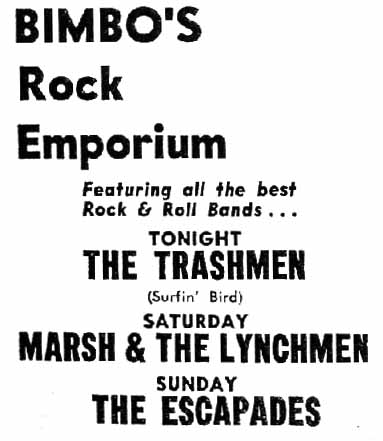
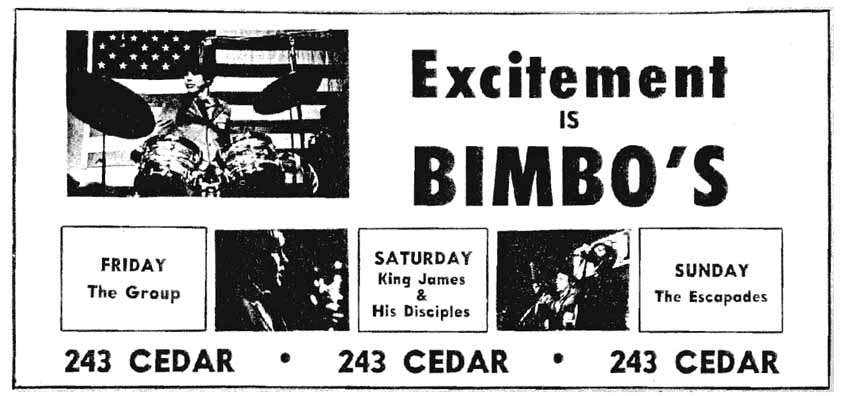
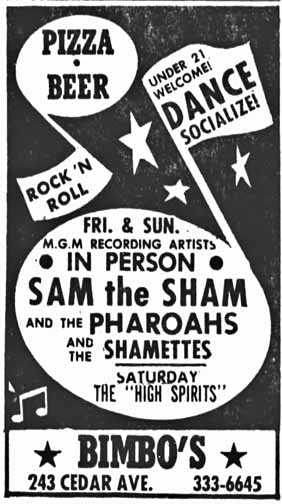
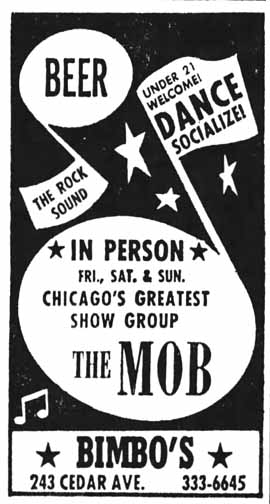
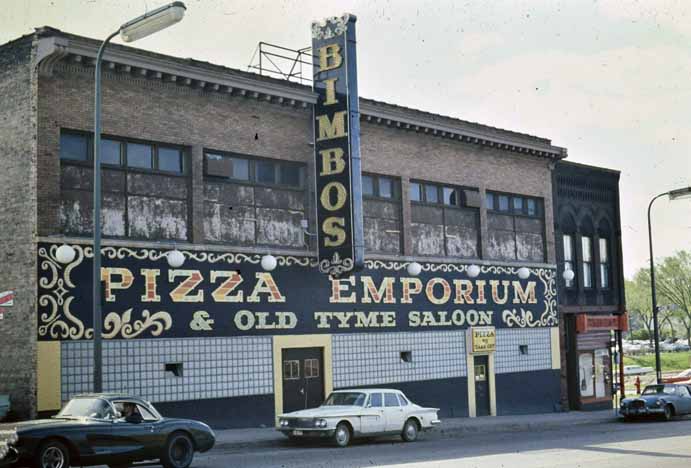
FIRE DOWNS BIMBO’S
On April 15, 1968, there was a three-alarm fire that started in a trash can in an employee bathroom in the basement. It burned through to the first floor in two places and caused $15,000 in damage. There was an arson investigation, but no result was found in the paper. (Minneapolis Star, April 15, 1968)
The club never recovered, and it sat boarded up for a year. In his music column, Allen Holbert identified the owner as Ted Vuich, age 28, who owned six other clubs in college towns across the country. (Minneapolis Tribune, June 2, 1968)
By March 1969, the property was identified as belonging to the Cedar-Riverside Associates, Inc., guided by Gloria Segal. A deal was struck to sell it to Theater in the Round, which had lost its lease. (Minneapolis Tribune, March 28, 1969)


